

If you're diving into the world of injection molding, one of the key factors you need to master is calculating the size of your mold. This crucial step can make all the difference in the efficiency and cost-effectiveness of your production process. So, let's break it down together and unlock the secrets to mastering injection mold size calculation.
First things first, let's get on the same page about what exactly we mean when we talk about injection mold size. Essentially, it refers to the dimensions of the mold that will be used to shape your desired plastic part. Getting this right is essential to ensure that your production runs smoothly and that your end products meet your specifications.
When it comes to determining the size of your injection mold, there are several key factors at play. The materials you're using, the complexity of your part design, the production volume you're aiming for, and various mold features all come into play. Let's take a closer look at these factors and how they influence mold size.
While determining the base size of your mold is important, don't forget to consider additional features that can impact its overall size and complexity. Features such as cooling channels, venting, and ejection systems all play a crucial role in the efficiency of your production process.
Ready to see these steps in action? Let's dive into some case studies and examples that showcase how injection mold size calculation plays out in real-life scenarios.
By examining these examples, you'll gain a better understanding of how different factors can influence the final size of your injection mold. Whether you're working on a high-volume production run or a complex part design, these case studies will provide valuable insights into optimizing your mold size calculation.
In conclusion, mastering the art of calculating injection mold size is essential for successful injection molding production. By following these steps and considering the key factors that influence mold size, you'll be well-equipped to tackle your next injection molding project with confidence.
Remember, precision is key when it comes to injection mold size calculation. Pay close attention to the details, consider all the factors at play, and don't be afraid to seek out additional resources or tools to assist you along the way.
So, go forth and conquer the world of injection molding with your newfound knowledge of mold size calculation. Your production processes will thank you!
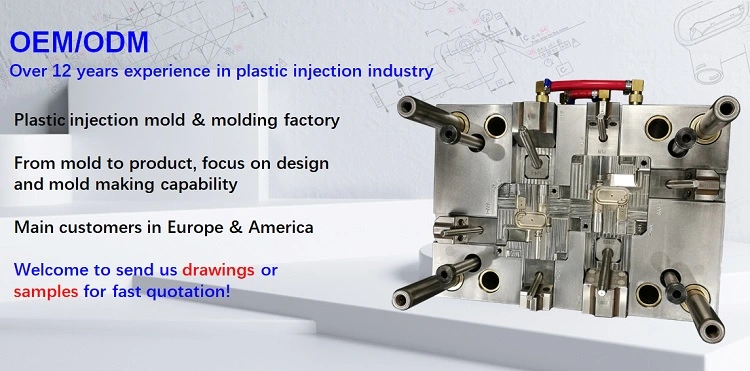
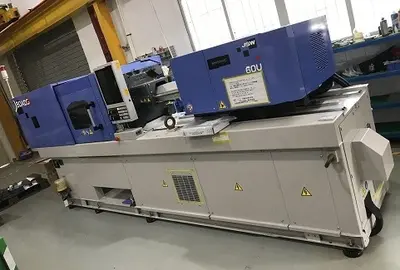
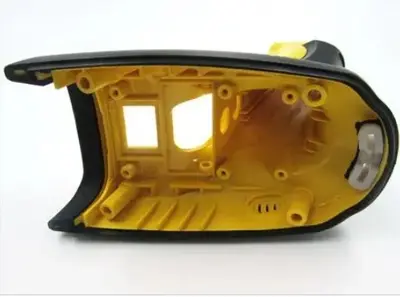
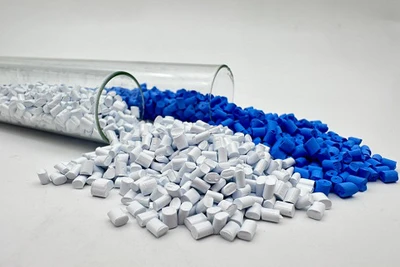
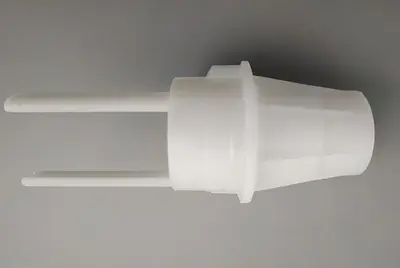


 Call us on:
Call us on:  Email Us:
Email Us:  No.23, XingYi Road, Wusha Community, Chang'an Town, Dongguan City, Guangdong Province, China.
No.23, XingYi Road, Wusha Community, Chang'an Town, Dongguan City, Guangdong Province, China.